- No products in the cart.
Fluconazole capsules. 150mg 1 pc vertex
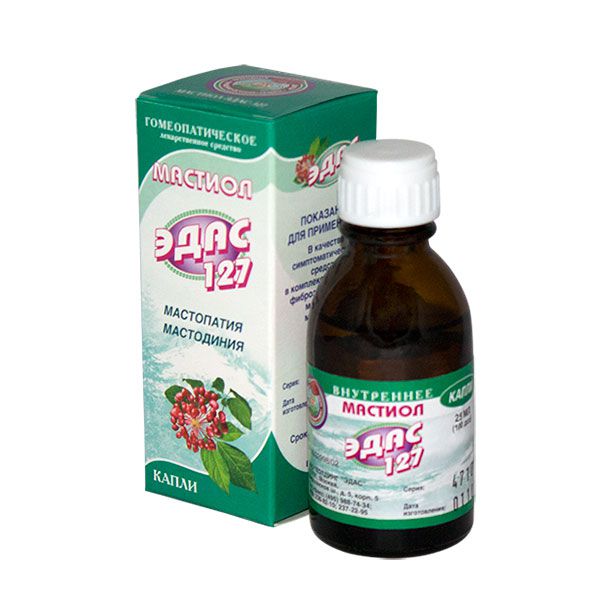
EDAS-127 25ml vial, cap. mastiol with mastitis
$6.88
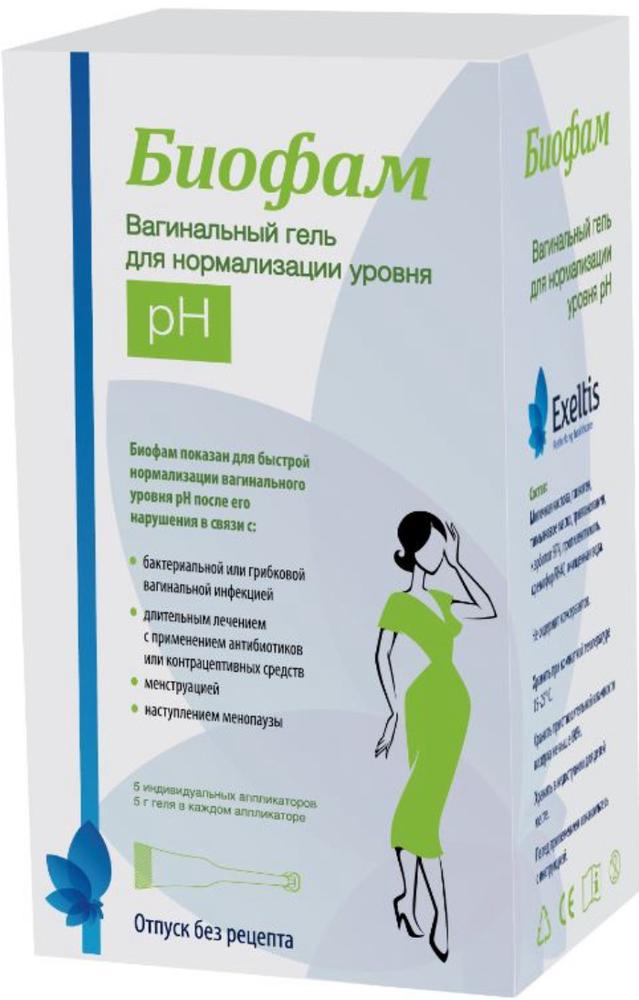
Biofach vaginal gel to normalize the ph level of 5g 5 pcs ind.applikator
$16.50
$0.75
Fluconazole capsules. 150mg 1 pc vertex
Description
Composition
Active substance:
1 capsule contains: Fluconazole 50 mg or 150 mg.
Excipients:
Corn starch, povidone (polyvinylpyrrolidone), silicon dioxide colloidal (Aerosil), sodium lauryl sulfate, calcium stearate, lactose. Hard gelatin capsule: to dose 50 mg – gelatin, titanium dioxide, dye azorubin, sunset yellow dye and dosages of 150 mg – gelatin, titanium dioxide.
Description:
Hard gelatin capsules with the housing 3 № white, orange cap (for 50 mg dosage) № 0 and white (for a dosage of 150 mg). The contents of capsules – powder or compacted mass of white or white color with a yellowish shade, which decays when pressed.
Product form:
Capsules of 50 mg and 150 mg. 7 capsules 50 mg or 1, 2 or 3 capsules of 150 mg in blisters of PVC film and aluminum foil or a polymeric jar.
The dosage of 50 mg. One blisters or one of the bank together with instructions for use in a stack of cardboard.
The dosage of 150 mg. 1, 2 or 3 blisters 1 capsule 1 or blisters 2 capsules or blisters 1 to 3 capsules or one bank together with instructions for use in a stack of cardboard.
Contraindications
Increased sensitivity to fluconazole, other ingredients or other azole compounds; simultaneous reception of terfenadine (with the constant reception fluconazole 400 mg per day and more) cisapride or astemizole and other drugs, prolonging Q-T interval and increases the risk of severe arrhythmia; lactose intolerance; Lactase deficiency; glucose-galactose malabsorption; lactation; Children under 3 years of age (for a given dosage form).
Precautions: hepatic and / or renal failure, occurrence of rash on the background of fluconazole in patients with superficial fungal infection and invasive / systemic fungal infections, simultaneous terfenadine and fluconazole less than 400 mg per day, potentially proaritmogennoe condition in a multiple factors patients risk (organic heart disease, disorders of electrolyte balance-tion, simultaneous reception of drugs that cause arrhythmias); patients with intolerance to acetylsalicylic acid and pregnancy.
Dosage
150 mg
Indications
Cryptococcosis, including cryptococcal meningitis and other localizations of this infection (in Vol. H. Lungs, skin), in patients with a normal immune response, and in patients with various forms of immunosuppression (in Vol. H. In patients with AIDS, organ transplantation ); the drug can be used for the prevention of cryptococcal infection in AIDS patients; generalized candidiasis including candidemia, disseminated candidiasis and other forms of invasive Candida infection (infection of the peritoneum, endocardium, eyes, respiratory and urinary tracts). Treatment may be conducted in patients with malignant tumors, patients in intensive care, patients undergoing a course of cytostatic or immunosuppressive therapy, and the presence of other factors predisposing to candidiasis; mucosal candidiasis in t h of the oral cavity and pharynx (including atrophic oral candidiasis associated with wearing dentures..), esophagus, non-invasive bronchopulmonary candidiasis, candiduria, skin candidosis..; prevention of relapse of oropharyngeal candidiasis in patients with AIDS; genital candidiasis: vaginal candidiasis (acute and chronic recurrent), prophylactic use to reduce the frequency of relapses vaginal candidiasis (3 or more episodes a year); Candida balanitis; prevention of fungal infections in patients with malignancies who are predisposed to such infections result in cytotoxic chemotherapy or radiotherapy; fungal infections of the skin, including tinea pedis, body, groin; pityriasis versicolor, onychomycosis; Skin candidiasis; deep endemic mycoses, including coccidioidomycosis and histoplasmosis in patients with normal immune systems.
Interaction with other drugs
A single dose of fluconazole in the treatment of vaginal candidiasis is not accompanied by significant interactions. However, when using higher or more doses of the drug simultaneously with other drugs, the following drugs interact:
Interaction with fluconazole terfenadine, astemizole and cisapride may lead to increased concentrations of these drugs in the plasma, which in turn can cause elongation Q-T interval and cause serious heart rhythm disturbances. Fluconazole inhibits enzymes P450 system in the liver, thus reducing, metabolism terfenadine, astemizole and cisapride. Simultaneous with the appointment of fluconazole and these drugs is contraindicated.
The joint appointment of warfarin and fluconazole marked prolongation of prothrombin time. In this connection it is necessary to monitor the prothrombin time in patients concomitantly receiving fluconazole and coumarin anticoagulants.
Fluconazole lengthens T1 / 2 oral hypoglycemic drugs (sulfonylurea derivatives). Diabetic patients can simultaneously assign fluconazole and sulfonylureas, but must take into account the potential risk of hypoglycemia.
It is necessary to take into account that during the second simultaneous appointment of hydrochlorothiazide and fluconazole Fluconazole concentration rises in plasma.
Rifampicin accelerates metabolism of fluconazole. It is necessary to appropriately increase the dose of fluconazole when used simultaneously.
In patients undergoing kidney transplantation, fluconazole can increase the concentration of cyclosporine in the plasma. In this connection, it is recommended the monitoring of cyclosporine concentrations in patients concomitantly receiving fluconazole and tacrolimus.
Fluconazole increases the concentration of theophylline in plasma. In this connection, it is recommended the monitoring of theophylline concentrations in patients concomitantly receiving fluconazole and theophylline.
Fluconazole may increase the plasma concentration of indinavir and midazolam. When concomitant administration of these drugs with fluconazole, and their intake should be reduced accordingly.
Clinical studies have shown that as a result of slowing down the metabolism of zidovudine may increase its concentration in the plasma, while the appointment with fluconazole. It should be monitored for patients simultaneously receiving both drugs, since in this case may be increased incidence of side effects of zidovudine.
Strengthens pharmacological effects of rifabutin (with simultaneous application of uveitis cases are described) and phenytoin to a clinically significant degree (the combined use requires monitoring of phenytoin concentration in plasma). Fluconazole is Witzlaus serum concentrations of phenytoin. While the appointment is necessary to control the dose of phenytoin and to adjust them.
Increasing the concentration of tacrolimus-risk nephrotoxicity.
Physicians should keep in mind that the interaction with other drugs have not specifically been studied, but it is possible.
Overdose
Symptoms include nausea, vomiting, diarrhea, and in severe cases may experience convulsions, hallucinations, paranoid behavior.
Treatment: symptomatic, gastric lavage; t. To. Fluconazole is excreted by the kidneys recommended forced diuresis. Hemodialysis for 3 hours reduces the plasma concentration of 2-fold.
pharmachologic effect
Pharmacological group:
Antifungal agent.
Pharmacodynamics:
Fluconazole – representative of the class of triazole antifungal agents, is a potent selective inhibitor of fungal enzyme 14-alpha-demethylase. The drug inhibits transition lanosterol to ergosterol – the main component of cell membranes of fungi.
The drug is effective at Opportunistic mycoses in t. H. Caused by Candida spp. (Candida albicans, Candida tropicalis), Cryptococcus neoformans, Microsporum spp., Tricho-phyton spp. Fluconazole is also shown activity in models of endemic mycoses, including infections caused by Blastomyces dermatidis, Coccidioides immitis and Histoplasma capsulatum. However, Blastomyces, Histoplasma capsulatums, parakoktsidioid and sporotriks fluconazole less susceptible than other azoles.
Pharmacokinetics:
After oral administration, fluconazole is well absorbed, its bioavailability – 90%. The maximum concentration (Cmax) after oral administration, fasted 150 mg of 90% of plasma levels when administered intravenously at a dose of 2.5-3.5 mg / kg. Simultaneous food intake does not affect absorption of the drug, taken orally. plasma concentration reaches a peak after 0.5-1.5 hours (TSmax) after administration. Plasma concentrations are directly proportional to the dose. 90% of the level of equilibrium concentration achieved by 4-5 day of drug treatment (at reception times 1 day).
Application of the first day dose of 2 times the normal daily dose, achieves a plasma level of the drug, a value equal to 90% of the equilibrium concentration of the second day. The apparent volume of distribution is close to the total volume of water in the body. Plasma protein binding of small – 11-12%.
Fluconazole penetrates well into all body fluids, including cerebrospinal fluid. Drug concentrations in saliva and sputum are similar to its content in the plasma. In patients with fungal meningitis the fluconazole content in cerebrospinal fluid is 80% of its level in plasma.
In the stratum corneum, epidermis, dermis and sweat liquid are achieved high concentrations which exceed serum.
Less than 5% of fluconazole metabolized during the first pass through the liver. The half-life (T1 / 2) of fluconazole is approximately 30 hours. The long T1 / 2 allows the use of a single dose of the drug for the treatment of vaginal candidiasis and provides the drug 1 times a day for other indications. Fluconazole is derived mainly kidneys; about 80% of the administered dose excreted by the kidneys in unchanged form. Fluconazole clearance is proportional to creatinine clearance. Fluconazole metabolites were found in the peripheral blood.
Pregnancy and breast-feeding
Use of the drug in pregnant women is inappropriate, except in severe or life-threatening forms of fungal infections if the intended effect is greater than the potential risk to the fetus.
Fluconazole is found in human breast milk in the same concentration as in plasma, so his appointment during lactation is not recommended.
Conditions of supply of pharmacies
On prescription
side effects
From the digestive system: loss of appetite, change in taste, nausea, vomiting, diarrhea, flatulence, abdominal pain, rarely – increased activity of “liver” enzymes, and liver dysfunction (jaundice, hyperbilirubinemia, increased alanine aminotransferase activity (ALT), asparaginaminotransferazy (AST) and alkaline phosphatase (ALP), hepatitis, hepatocellular necrosis), including: fatal.
From the nervous system: headache, dizziness, rarely – seizures.
From the side of hematopoiesis: rarely – agranulocytosis, neutropenia. Patients hematological changes may occur with severe fungal infections (leukopenia and thrombocytopenia).
From the cardiovascular system: prolongation of Q-T interval in the electrocardiogram (ECG), the flicker / ventricular flutter.
Allergic reactions: skin rash, erythema multiforme exudative (including Stevens-Johnson syndrome..), Toxic epidermal necrolysis (Lyell’s syndrome), bronchial asthma (often in case of intolerance of acetylsalicylic acid), anaphylactoid reactions (including angioneurotic edema,.. swelling of the face, urticaria, pruritus).
Other: rarely – renal dysfunction, alopecia, hypercholesterolemia, hypertriglyceridemia, hypokalemia.
special instructions
Treatment can begin when there is no culture results and other laboratory tests, but their presence is recommended corresponding correction fungicidal treatment.
Since fluconazole excreted mainly by the kidneys must be followed the PICs-vanced in renal failure patients. Prolonged treatment with fluconazole, dosing should take into account KK.
Caution should be exercised in the appointment of fluconazole patients with hepatic impairment function. During treatment should be monitored regularly activity of “liver” enzymes and conduct observation of the patient in order to identify possible toxic effects. With an increase in activity of “liver” enzymes, the physician must weigh the benefit brought by ongoing therapy, and the risk of severe liver injury. Fluconazole hepatotoxicity usually is reversible: the symptoms disappear after cessation of therapy.
AIDS patients are more prone to develop severe skin reactions at the application of many drugs. In cases where patients with superficial fungal infection develops a rash, and she is regarded as definitely related to fluconazole, the drug should be discontinued. If a rash in patients with invasive / systemic fungal infections, they should be monitored closely and fluconazole cancel the appearance changes or bullous erythema multiforme.
It is necessary to monitor the prothrombin time in patients concomitantly receiving fluconazole and coumarin anticoagulants.
Treatment should be continued until clinical and microbiological remission. Premature discontinuation of treatment leads to relapse.
Part of the dye azorubin drug may cause an allergic reaction in t. H. Bronchial asthma. Allergic reactions are more common in patients with intolerance to acetylsalicylic acid.
Impact on the ability to drive a car or other mechanical means: experience with fluconazole indicates that a violation of driving ability and the mechanisms associated with the use of the drug, it is unlikely.
Storage conditions
In a dry, dark place at a temperature not higher than 25 C.
Keep out of the reach of children.
Dosing and Administration
Inside. The daily dose depends on the nature and severity of the fungal infection.
Adults with cryptococcal meningitis and cryptococcal infections at other sites on the first day is usually administered 400 mg and the treatment is then continued at a dose of 200 mg 1 time per day. Depending on the answer, the dose can be increased to 400 mg 1 time per day. Duration of treatment for cryptococcal infections depends on the clinical efficacy, confirmed by microbiological examination. Recommended duration of treatment in the initial therapy kriptokokovogo meningitis is 10-12 weeks after a negative result of microbiological examination of samples of cerebrospinal fluid.
For the prevention of relapse of cryptococcal meningitis in AIDS patients, after completion of a full rate primary treatment, fluconazole nazanachayut 200 mg per day for a long period of time.
When candidemia, disseminated candidiasis and other invasive Candida infections dose is usually 400 mg in the first day, and then – 200 mg. When insufficient clinical efficacy of the dose can be increased to 400 mg per day; in severe systemic candidiasis – possibly increasing the dose to 800 mg per day. The duration of therapy depends on the clinical efficiency; should continue for at least 2 weeks after receiving negative blood culture, or after the disappearance of symptoms.
When drug oropharyngeal candidiasis usually administered 50-100 mg 1 time per day; Duration of treatment – 7-14 days. If necessary, in patients with severe depression of immunity treatment may be longer (3 weeks).
In atrophic oral candidiasis associated with wearing dentures usually administered fluconazole at 50 mg 1 time per day for 14 days in combination with local antiseptic agents for treatment of prosthesis.
.. In other localizations candidiasis (except genital candidiasis), such as esophagitis, noninvasive bronchopulmonary lesion, candiduria, candidiasis of the skin and mucous membranes, etc., the effective dose is typically 50-100 mg daily when treatment duration of 14-30 days; in severe mucosal candidiasis – 100-200 mg per day. To prevent a recurrence of oropharyngeal candidiasis in AIDS patients after the full course of drug therapy primary may be designated by 150 mg 1 time per week.
Vaginal candidiasis, fluconazole receiving a single oral dose of 150 mg. To reduce the frequency of relapses vaginal candidiasis preparation may be used in a dose of 150 mg 1 time per month. Duration of treatment is determined individually; it varies from 4 to 12 months. Some patients may require more frequent application.
When balanitis caused by Candida, Fluconazole is administered once at a dose of 150 mg orally.
For the prevention of candidiasis the recommended dose of fluconazole is 50-400 mg 1 time per day, depending on the degree of risk of fungal infection. When there is a high risk of systemic infection, e.g., patients with severe or long expected persistent neutropenia, the recommended dose is 400 mg 1 time per day. Fluconazole is administered a few days before the expected occurrence of neutropenia; after increasing the number of neutrophils over 1000 / mm3, treatment was continued for 7 days.
When skin mycoses, mycoses including feet, groin skin and skin candidosis recommended dose is 150 mg 1 time per week or 50 mg 1 time per day. Длительность терапии в обычных случаях составляет 2-4 недели, однако при микозах стоп может потребоваться более длительная терапия (до 6 недель).
При отрубевидном лишае — 300 мг 1 раз в неделю в течение 2 недель, некоторым больным требуется третья доза 300 мг в неделю, в то время как в части случаев оказывается достаточным однократного приема 300-400 мг; альтернативной схемой лечения является применение по 50 мг 1 раз в день в течение 2-4 недель.
При онихомикозе рекомендуемая доза составляет 150 мг 1 раз в неделю. Лечение следует продолжать до замещения инфицированного ногтя (вырастания неинфицированного ногтя). Для повторного роста ногтей на пальцах рук и стоп в норме требуется 3-6 месяцев и 6-12 месяцев соответственно.
При глубоких эндемических микозах может потребоваться применение препарата в дозе 200-400 мг в сутки в течение до 2 лет. Длительность терапии определяют индивидуально; она может составлять 11-24 месяцев при кокцидиомикозе и 3-17 месяцев при гистоплаз-мозе.
In children, as well as with similar infections in adults, duration of treatment depends on the clinical and mycological effect. У детей препарат не следует применять в суточной дозе, которая бы превышала таковую у взрослых. The drug is used daily 1 times a day.
При кандидозе слизистых оболочек рекомендуемая доза флуконазола составляет 3 мг/кг в сутки. В первый день может быть назначена ударная доза 6 мг/кг с целью более быстрого достижения равновесных концентраций.
Для лечения генерализованного кандидоза или криптококковой инфекции рекомендуемая доза составляет 6-12 мг/кг в сутки в зависимости от тяжести заболевания.
Для профилактики грибковых инфекций у детей со сниженным иммунитетом, у которых риск развития инфекции связан с нейтропенией, развивающейся в результате цитотоксической химиотерапии или лучевой терапии, препарат назначают по 3-12 мг/кг в сутки в зависимости от выраженности и длительности сохранения индуцированной нейтропении.
Максимальная суточная доза для детей составляет — 12 мг/кг.
Дозирование для пациентов с почечной недостаточностью
Флуконазол выводится в основном почками в неизмененном виде. При однократном его приеме изменение дозы не требуется.
Взрослым больным с нарушенной функцией почек при повторном назначении препарата следует сначала назначить «ударную» дозу от 50 мг до 400 мг. Если клиренс креатинина (КК) составляет более 50 мл/мин, применяется обычная доза препарата (100 % рекомендуемой дозы). При КК от 11 до 50 мл/мин применяется доза, равная 50 % рекомендуемой, или обычная доза 1 раз в 2 дня. Больным, регулярно находящимся на диализе, одна доза препарата применяется после каждого сеанса гемодиализа.
У детей с нарушениями функции почек суточную дозу препарата следует уменьшить (в той же пропорциональной зависимости, что и у взрослых), в соответствии со степенью выраженности почечной недостаточности.
У больных пожилого возраста при отсутствии нарушений функции почек следует придерживаться обычного режима дозирования препарата.
Information
Appearance may differ from that depicted in the picture. There are contraindications. You need to read the manual or consult with a specialist
Additional information
| Weight | 0.100 kg |
|---|---|
| Manufacturer | VERTEX |

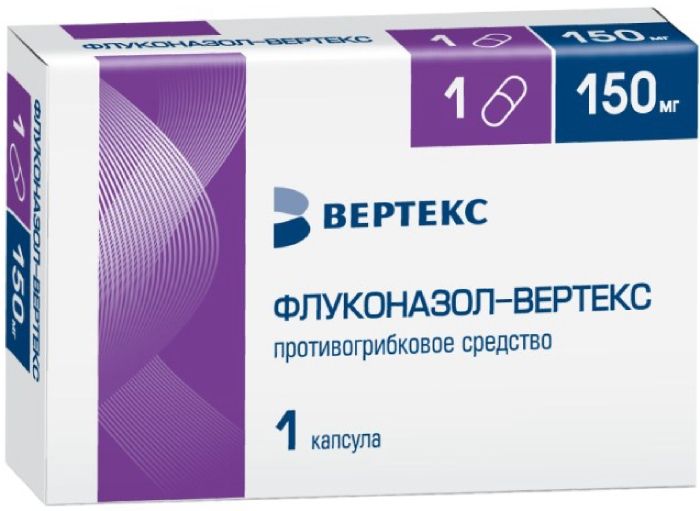
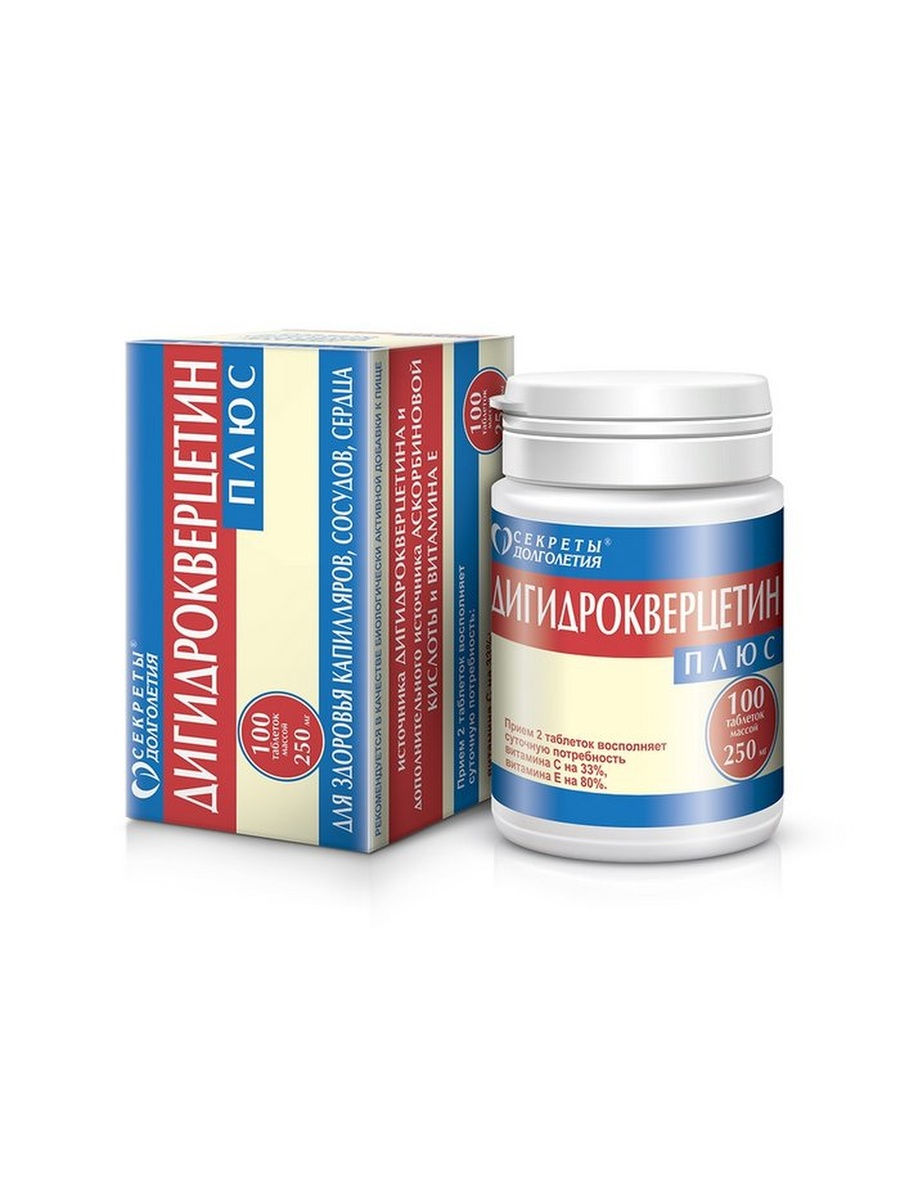

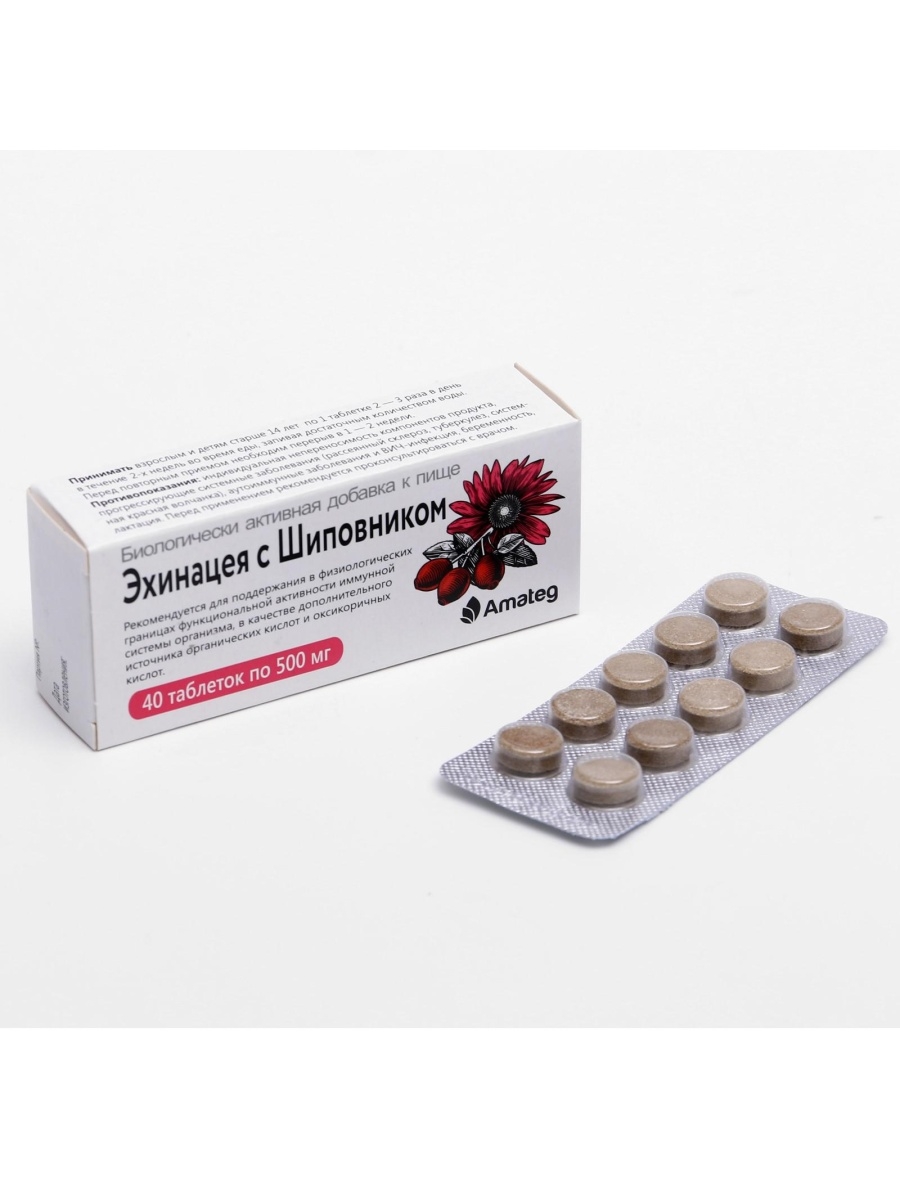
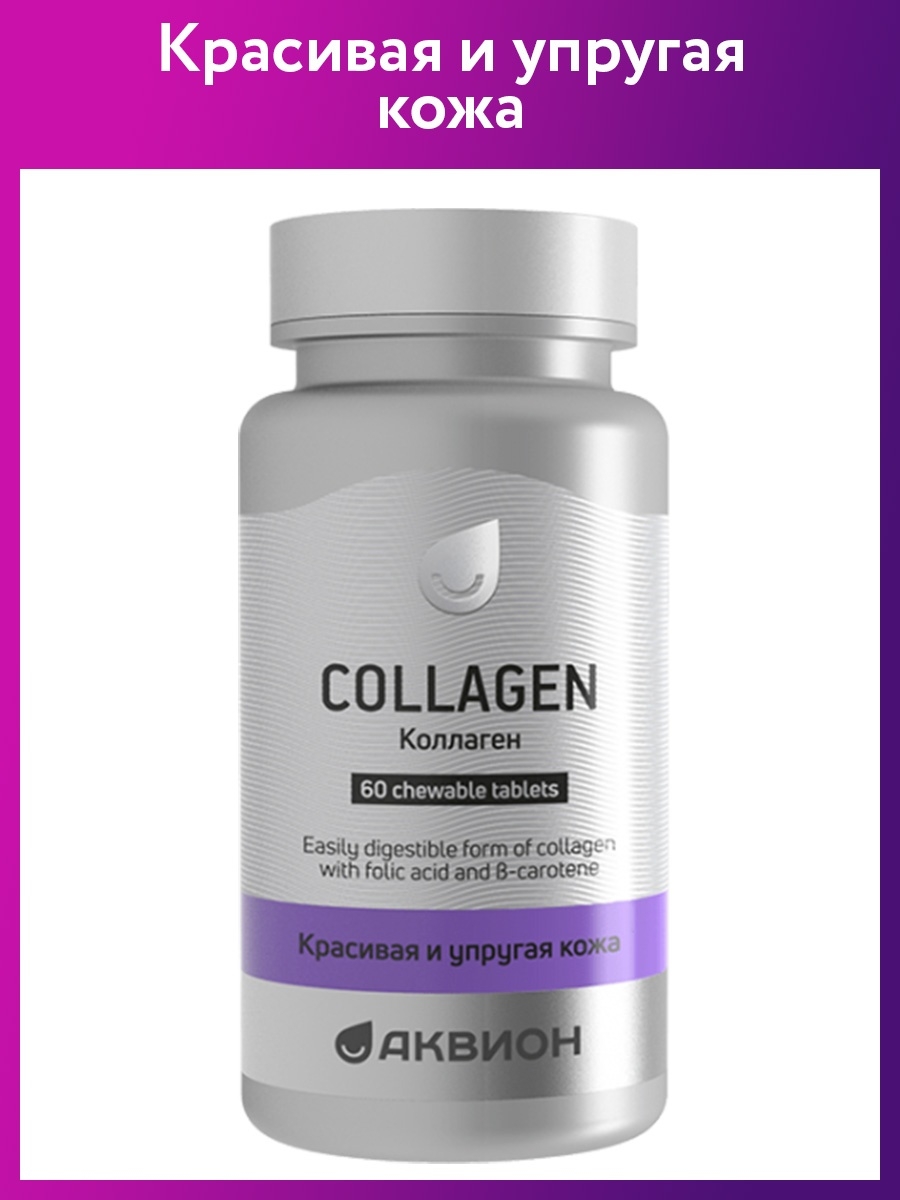
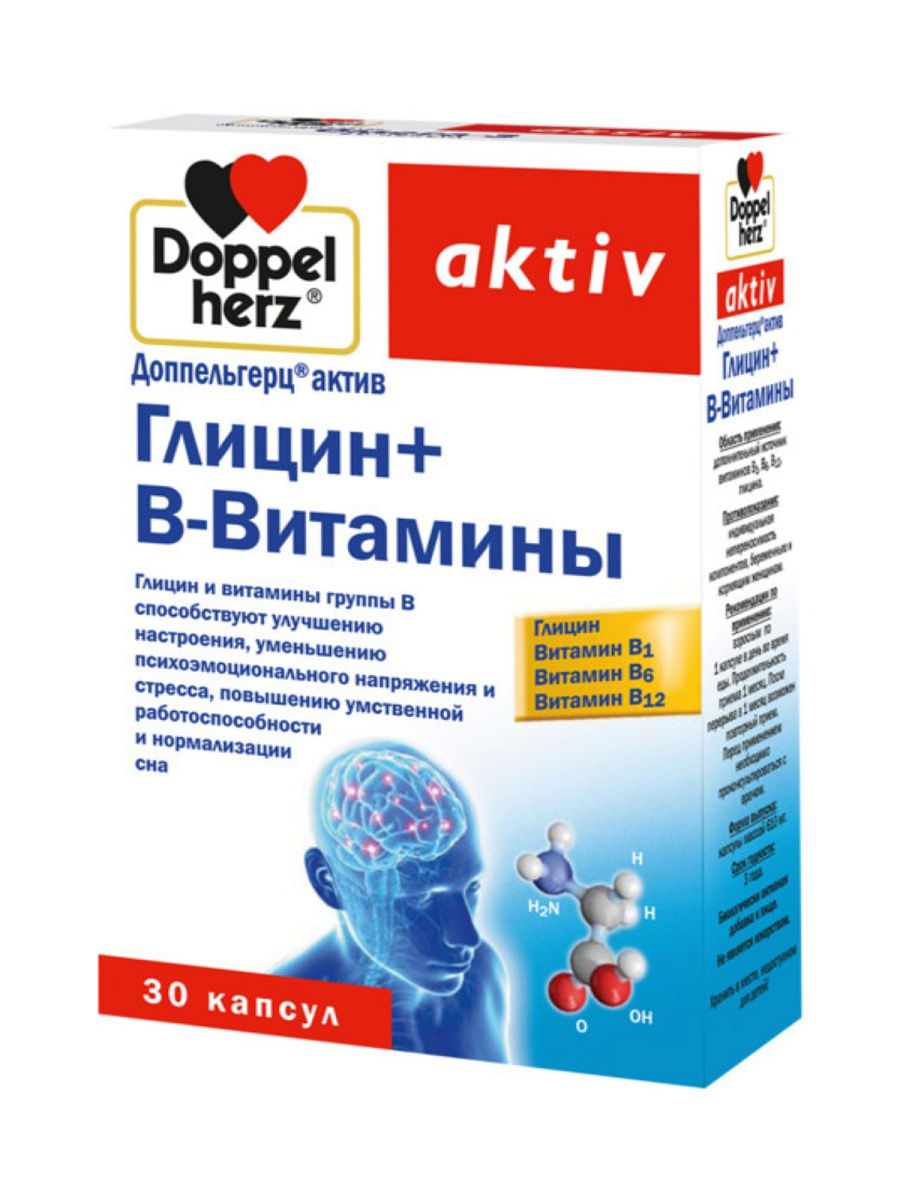
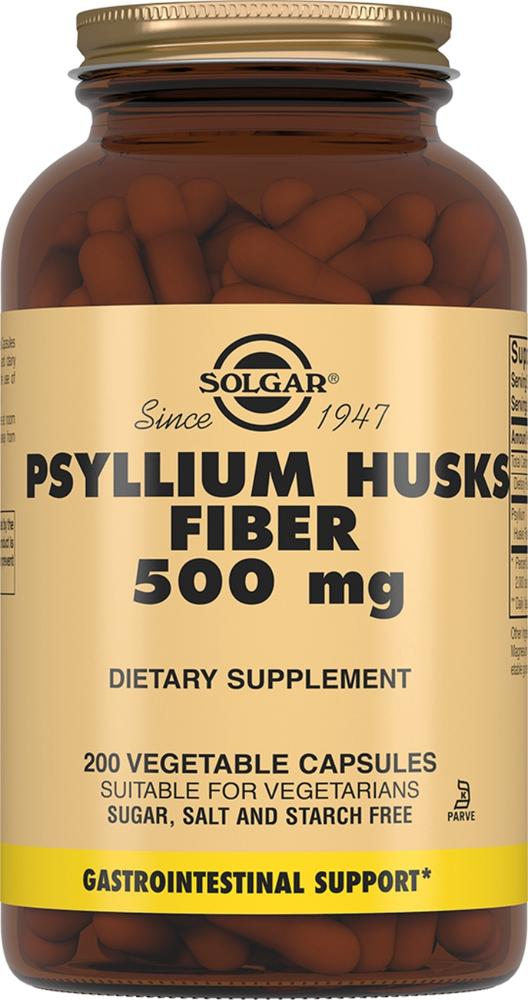




There are no reviews yet.